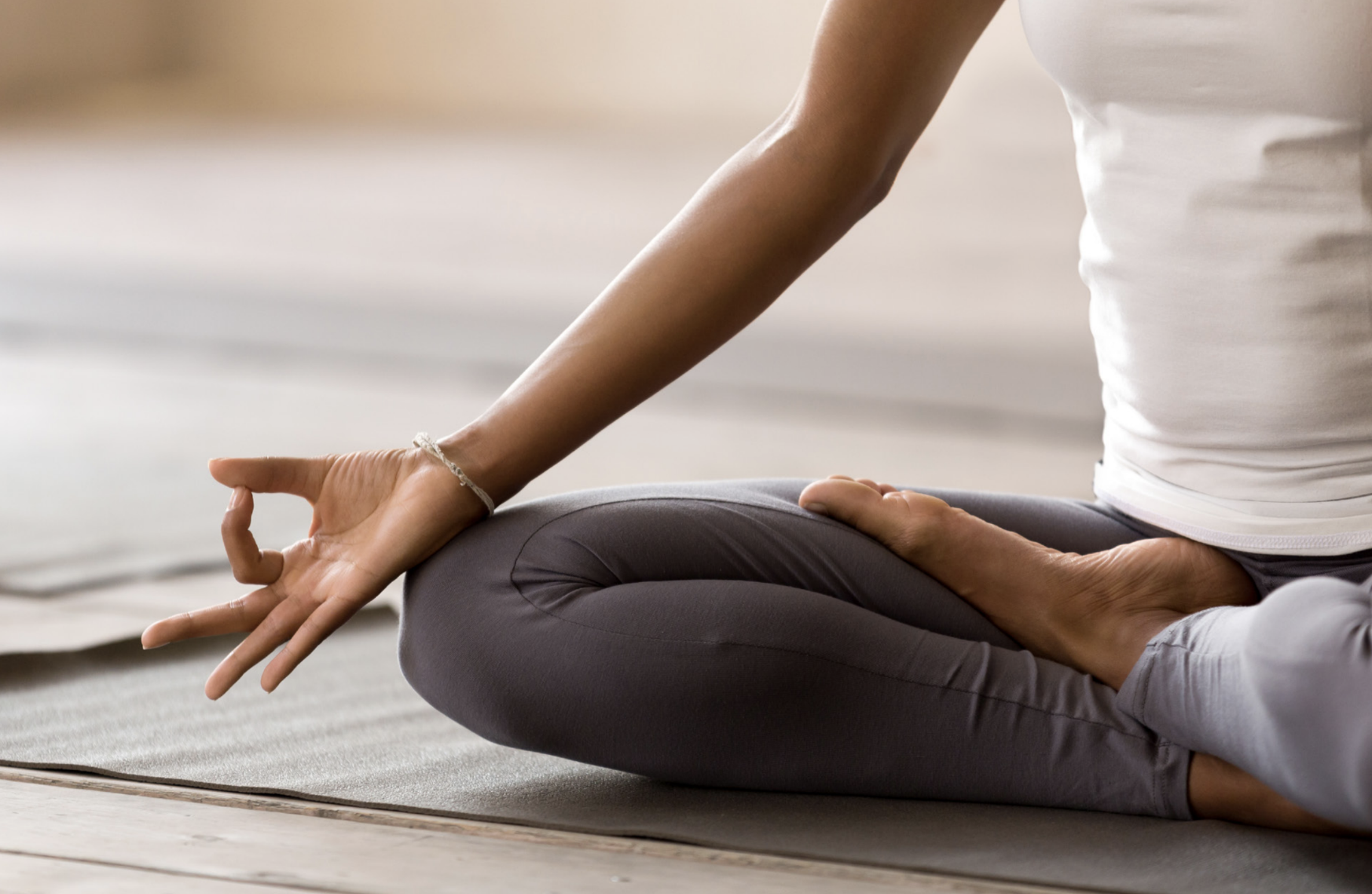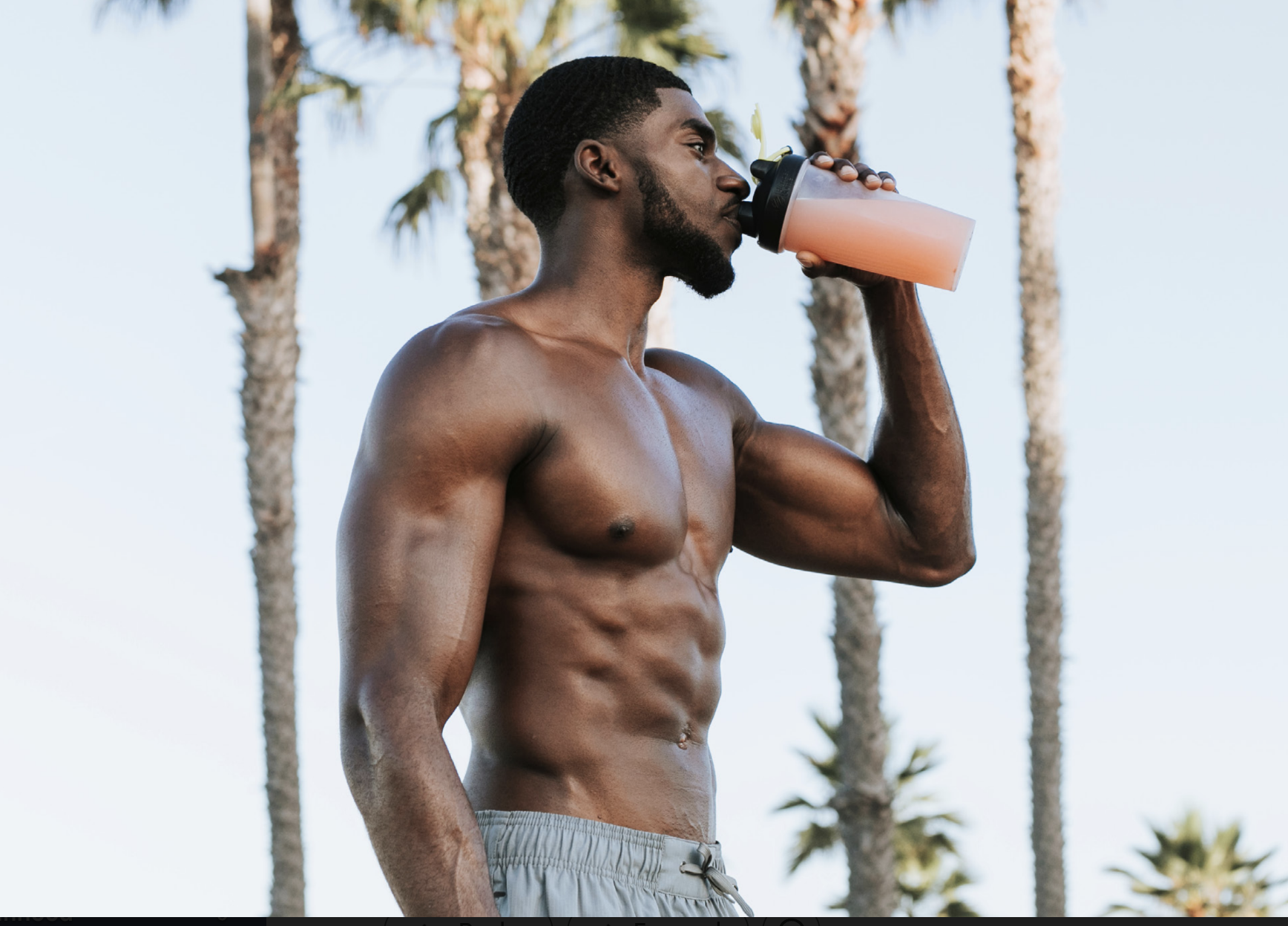What is wellness?
Full Script • 2024-01-15
Wellness, on the other hand, is the active process of achieving and maintaining a continued state of health or simply put, the act of living a healthy lifestyle.
Health vs. wellness
We often hear the terms “health” and “wellness,” but what exactly do they mean and how do they differ? The World Health Organization (WHO) defines health as a “state of complete physical, mental, and social well-being and not merely in the absence of disease or infirmity (weakness or fragility).”
Wellness, on the other hand, is the active process of achieving and maintaining a continued state of health or simply put, the act of living a healthy lifestyle.
The National Wellness Institute defines three tenets of wellness:
- Wellness is a conscious, self-directed, and ever-evolving process of growth.
- Wellness is multidimensional and holistic, encompassing aspects of our mental well-being, spiritual well-being, and environments.
- Wellness is positive.
Tips for general wellness
Stay hydrated
Our water needs vary based on our size, sex, age, activity level, and environment.
The Food and Nutrition Board recommends that women consume 2.7 L (91 oz) and men consume 3.7 L (125 oz) of total water daily; this includes water from food sources as well.
One way to check how hydrated you are is by noting the color of your urine. Dark yellow suggests a dehydrated state whereas a paler yellow suggests a more hydrated one.
Be mindful
A key aspect of wellness is mindfulness. Mindfulness is an intentional awareness that comes from being present in the moment while maintaining an attitude of curiosity. It’s having an acceptance of our internal experiences without judgment of these thoughts and feelings.
There are many ways in which one can be mindful including journaling, mindful breathing, and meditation. The act of focusing on where we are mentally, physically, and emotionally in the present can help develop this wellness skill.
There are many mindfulness apps to help support our wellness journeys. Here are a few to consider:
• Liberate (App Store, Google Play)
• Smiling Mind (App Store, Google Play) • Noom (App Store, Google Play) • MyLife Meditation (App Store)
• Headspace (App Store, Google Play)
• Thrive (App Store, Google Play)
• Calm (App Store, Google Play)
• Insight Timer (App Store, Google Play)
• Shine (App Store)
• Healthy Minds Program (App Store, Google Play)
Did you know you can combine mindfulness with exercise? Walking meditation, qi gong, tai chi, and yoga fall in the category of mindful movements. This form of mindfulness involves simple changes in body position conducted in a deliberate manner with intention and concentration.
Mindfulness can be practiced virtually anywhere such as while seated, laying down, or even walking, so whether it’s sitting still to meditate, journaling a few words of gratitude, or doing yoga, try carving out just five minutes a day to practice what mindfulness means to you.
Get your sleep
Sleep has several important functions for us including:
- Supporting the immune system, including making us more resilient to disease • Clearing the brain of waste
- Improving cognition (brain function), including memory
- Improving overall performance, both physical and mental
- Optimizing energy and decreasing fatigue
- Supporting mental and psychological health
Try to optimize your sleep schedule and practices by instituting good sleep hygiene. Using stress management techniques may also be helpful as stress can negatively impact your sleep.
Stress management tips:
- Stay moving: Exercise regularly and avoid staying sedentary for long periods of time.
- Practice mindfulness: Relaxation techniques can help decrease stress.
- Connect with your community: Stay in touch with friends and loved ones.
- Unplug: Take breaks from stressors such as the news and social media.
- Schedule your “me time”: It’s important to hold space for yourself and make time for activities that bring you joy
- Keep it light: Avoid large, heavy meals, stimulants such as caffeine, and heavy alcohol intake prior to bed.
- Unplug: Turn electronic devices to silent mode before going to bed.
- Move early: Exercising during the day can help you sleep at night.
- Set the mood: The atmosphere of a room can affect sleep quality. Try to create a calm, quiet, dark, and comfortably cool bedroom.
Eat a healthy diet
A healthy diet is one that provides adequate energy and all the necessary nutrients needed to maintain optimal health. Macronutrients, required in higher amounts in the diet, include carbohydrates, fats, and protein. Micronutrients, required in relatively smaller amounts, include vitamins, minerals, and phytonutrients (beneficial substances found in plants).
Be sure to consume a variety of fresh, local, and organic vegetables and fruits to ensure you’re meeting your daily nutrient needs. When purchasing animal products, look for organic, free-range, pasture-raised, wild-caught, and sustainable options when possible.
Choosing organic foods can help decrease exposure to environmental toxins such as herbicides and pesticides. Organic foods can have organic pesticides and herbicides; however they are typically safer than their synthetic counterparts.
Each year, the Environmental Working Group (EWG) puts out a list of foods with the highest and lowest pesticide residues. When shopping for fruits and vegetables, be particularly mindful of the foods deemed in the “dirty dozen” category as these have the highest rates of pesticide and herbicide exposure. Meanwhile, those on the “clean fifteen” list have the lowest concentration of pesticide exposure, making them safer to eat if non-organic compared to other produce.
Move more and sit less
Exercise in a vital aspect of wellness. Similar to water intake, exercise recommendations vary based on a multitude of factors including age, sex, existing health conditions, and level of tolerance to physical activity.
Some basic tips to keeping up a healthy exercise regimen include the following:
- Move often! Try to move after half an hour or more of being sedentary.
- Move early! Start the day off with exercise, if possible.
- Schedule exercise into your daily routine.
- Be realistic with your daily or weekly exercise goals.
- Get social! Include family and friends into your workout.
- Consider a wearable activity tracker, such as a pedometer, to help meet your exercise goals.
This is blog was written by
References
- Perrier, E. T., Johnson, E. C., McKenzie, A. L., Ellis, L. A., & Armstrong, L. E. (2015). Urine colour change as an indicator of change in daily water intake: a quantitative analysis. European Journal of Nutrition, 55(5),
1943–1949.
- Institute of Medicine of the National Academies. (2005). Dietary reference intakes for water, potassium, sodium, chloride, and sulfate. National Academies Press.
- Dunning, D. L., Griffiths, K., Kuyken, W., Crane, C., Foulkes, L., Parker, J., & Dalgleish, T. (2019). Research Review: The effects of mindfulness-based interventions on cognition and mental health in children and adolescents - a meta analysis of randomized controlled trials. Journal of child psychology and psychiatry, and allied disciplines, 60(3), 244–258. https://doi.org/10.1111/jcpp.12980
- Sathyanarayanan, G., Vengadavaradan, A., & Bharadwaj, B. (2019). Role of Yoga and Mindfulness in Severe Mental Illnesses: A Narrative Review. International journal of yoga, 12(1), 3–28.
- Sharp, W. R. (1947). The New World Health Organization. American Journal of International Law, 41(3), 509–530. https://doi.org/10.2307/2193312
- Centers for Disease Control and Prevention. (2022, June 2). How much physical activity do adults need? Centers for Disease Control and Prevention. Retrieved June 25, 2022, from https://www.cdc.gov/physicalactivity/basics/ adults/index.htm
- Mindfulness practices: Types of therapy. Zencare. (n.d.). Retrieved May 25, 2022, from https://zencare.co/therapy type/mindfulness-practices
- Mie, A., Andersen, H. R., Gunnarsson, S., Kahl, J., Kesse Guyot, E., Rembiałkowska, E., Quaglio, G., & Grandjean, P. (2017). Human health implications of organic food and organic agriculture: A comprehensive review. Environmental Health, 16(1). https://doi.org/10.1186/ s12940-017-0315-4
- Centers for Disease Control and Prevention. (2021, November 30). Tips for coping with
stress|publications|violence prevention|injury
Center|CDC. Centers for Disease Control and Prevention. Retrieved June 28, 2022, from https://www.cdc.gov/ violenceprevention/about/copingwith-stresstips.html
- Centers for Disease Control and Prevention. (2016, July 15). CDC - sleep hygiene tips - sleep and sleep disorders. Centers for Disease Control and Prevention. Retrieved June 28, 2022, from https://www.cdc.gov/sleep/about_ sleep/sleep_hygiene.html
- Norelli , S. K., Long, A., & Krepps, J. M. (2021). Relaxation Techniques. In StatPearls. StatPearls Publishing.
See More Posts
Copyright © 2024 mysomalabs.com. All rights reserved.






